March 13-17
Kindergarten
Content Objective: I can demonstrate comprehension of living and non-living things by sorting pictures by living or nonliving.
Language Objective: I can orally explain to a partner one living thing and one non-living thing and how they know using sentence stems.
Sentence Stems:
__________ is a living thing because it ____________.
__________ is a non-living thing because it ___________.
Vocabulary: living, non-living, breathe, water, food, air, shelter
L.OL.00.11 Identify that living things have basic needs.
L.OL.00.12 Identify and compare living and nonliving things.
First Grade
Content Objective: I can understand the daily changes in the sun’s position in the sky by observing how a shadow is formed and looks like at various times of the day.
Language Objective: I can write and draw to explain how a shadow is made.
Vocabulary: Sun, Earth, shadow, background, object, position
E.SS1-1 Use observations of the sun to describe predictable patterns of motion. (Compare patterns in the Earth’s rotation to observations of daily changes in the sun’s position.)
Second Grade
Content Objective: I can demonstrate the process of weathering and erosion by experimenting in a “Cookie Weathering and Erosion” lab using chocolate chip cookies(landform/rock), straw(wind), toothpick(animals and plants changing rock), and dropper(rain).
Language Objective: I can draw or write to explain my observations during the “Cookie Lab” and explain how erosion happened during this experiment.
Vocabulary: landforms, bodies of water, plateaus, plains, peninsulas, beaches, valleys, mountains, hills, streams, oceans, ponds, lakes, rivers, erosion, weathering, deposition
E.SE.E.2 Surface Changes-The surface of Earth changes. Some changes are due to slow processes, such as erosion and weathering, and some are due to rapid changes, such as landslides, volcanic eruptions, and earthquakes.
Third Grade
Content Objective: I can demonstrate knowledge of how some animal’s body covering help them survive and adapt to their environment by exploring in an activity that shows how color can help things blend in so that it is hard to see them (camouflage).
Language Objective: I can write to explain how camouflaging helps living things survive in their environment.
Vocabulary: observable structure, function, physical characteristics, adaptation, environment, survival, camouflage
L.OL.E.3 Structures and Functions- Organisms have different structures that serve different functions in growth, survival, and reproduction.
L.OL.03.32 Identify and compare structures in animals used for controlling body temperature, support, movement, food-getting, and protection (for example: fur, wings, teeth, scales, etc).
Fourth Grade
Content Objective: I can demonstrate comprehension of the phases of the moon by creating a visual of the moon phases using Oreo cookies to represent each phase.
Language Objective: I can write to explain the phases of the moon and why they happen.
Sentence Stems:
The moon appears to change shape throughout the month because_________________.
The phases of the moon are __________________________.
Vocabulary: Sun, Earth, Moon, revolve, rotate, orbit, cycle, phases reflect, New Moon, Full Moon, First Quarter, Third Quarter, Waxing Crescent, Waxing Gibbous, Waning Crescent, Waning Gibbous
E.ST.04.23 Describe the motion of the moon around the Earth.
E.ST.04.24 Explain how the visible shape of the moon follows a predictable cycle which takes approximately one month.
Fifth Grade
Content Objective: I can demonstrate knowledge of how physical characteristics can help an animal survive in it’s environment by experimenting with various bird beaks (tools) and food sources to see how birds adapt using their trait.
Language Objective: I can write to explain which beak(tool) worked best to collect food.
Sentence Stem: The_____________ bird beak worked best for _____________ because_________________________.
Vocabulary: inherited traits, acquired traits, physical characteristics, adaptation
L.HE.M.1 Inherited and Acquired Traits-The characteristics of organisms are influenced by heredity and environment. For some characteristics, inheritance is more important, for others characteristics, interactions with the environment are more important.
L.EV.05.12 Describe the physical characteristics of organisms that help them survive in their environment.
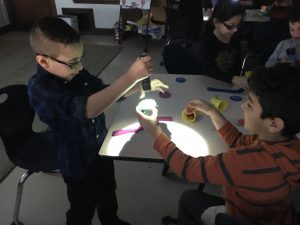
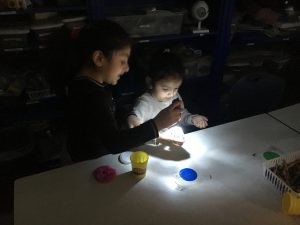

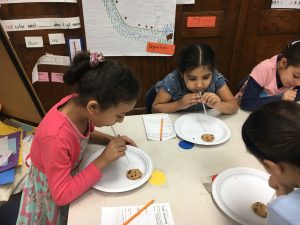
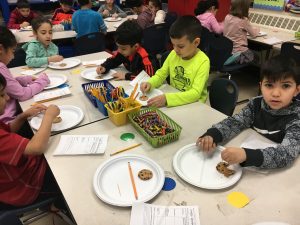
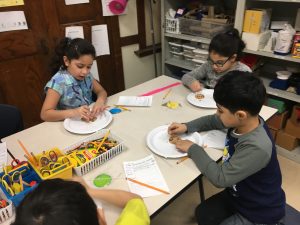
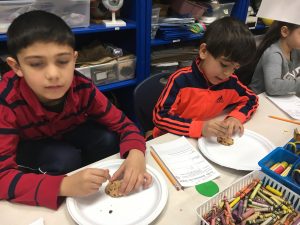
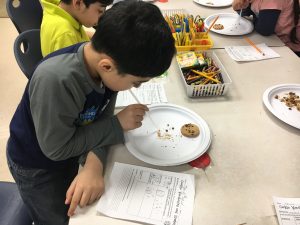
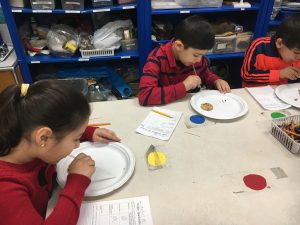
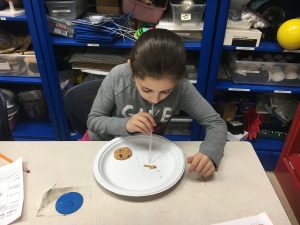
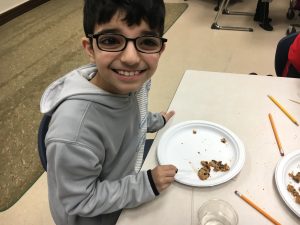
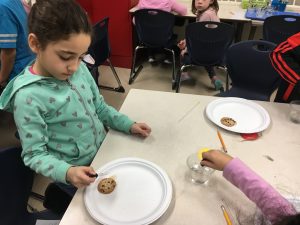
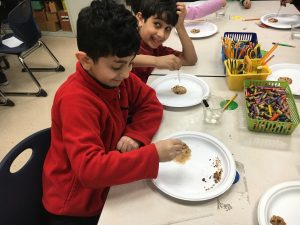
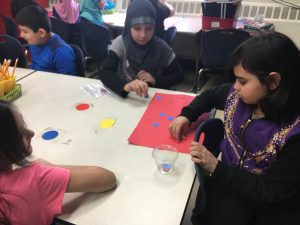
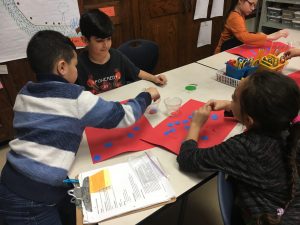
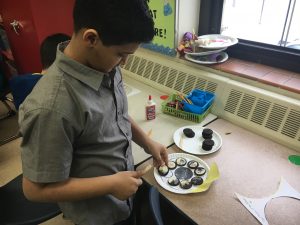

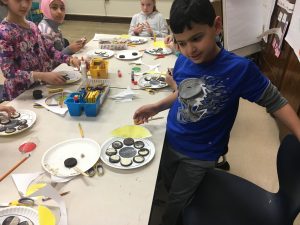
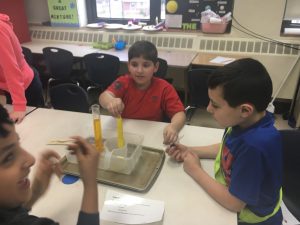
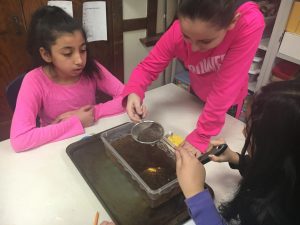
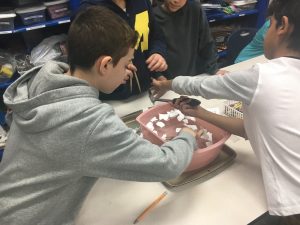
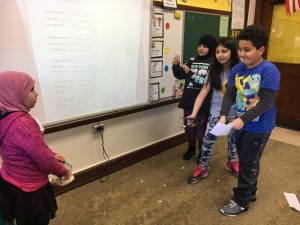
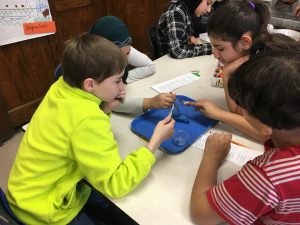
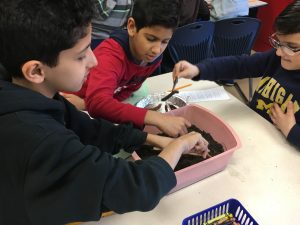
Leave a Reply